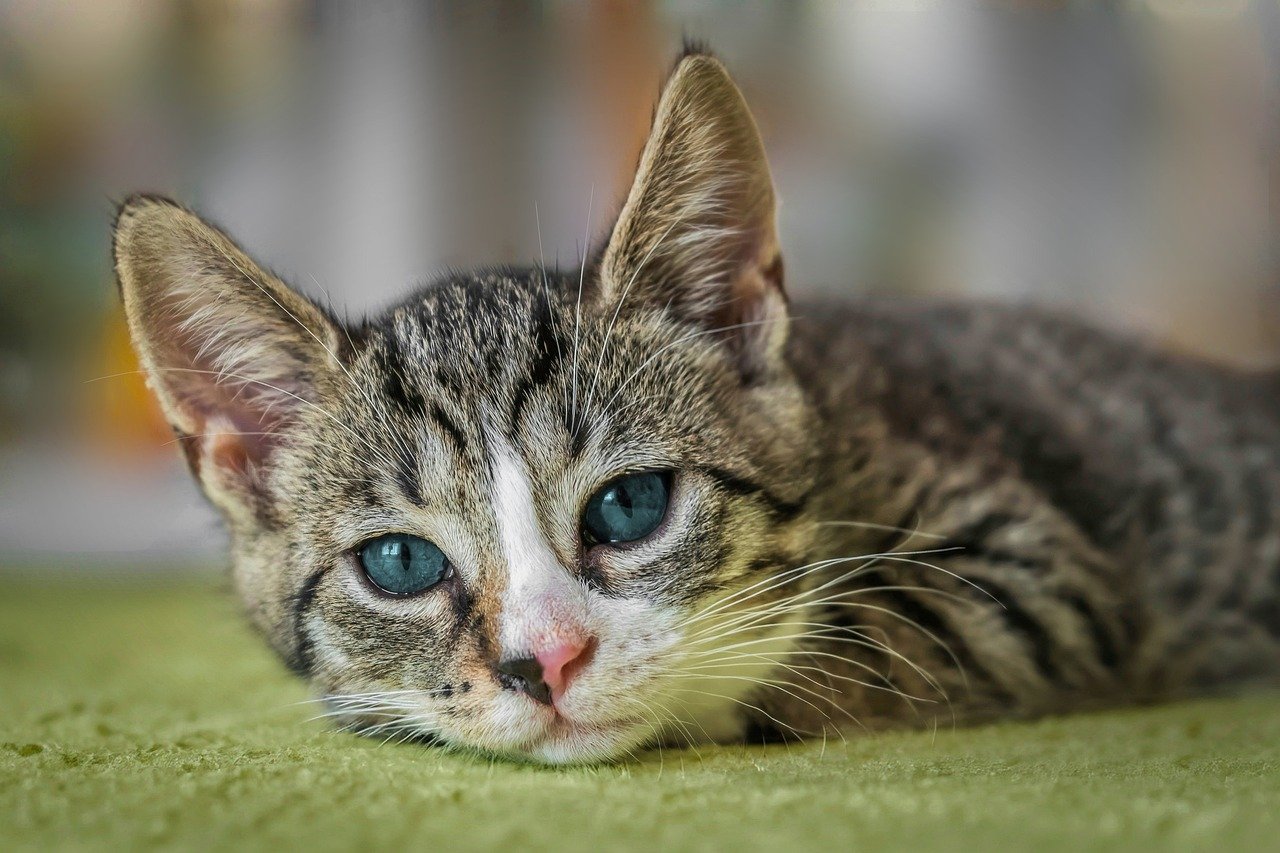Grooming habits
If you’re a proud cat owner, you’ve probably noticed your feline friend spending a significant amount of time grooming. Cats are meticulous about their hygiene, and it’s one of the unique behaviors that set them apart from many other pets.
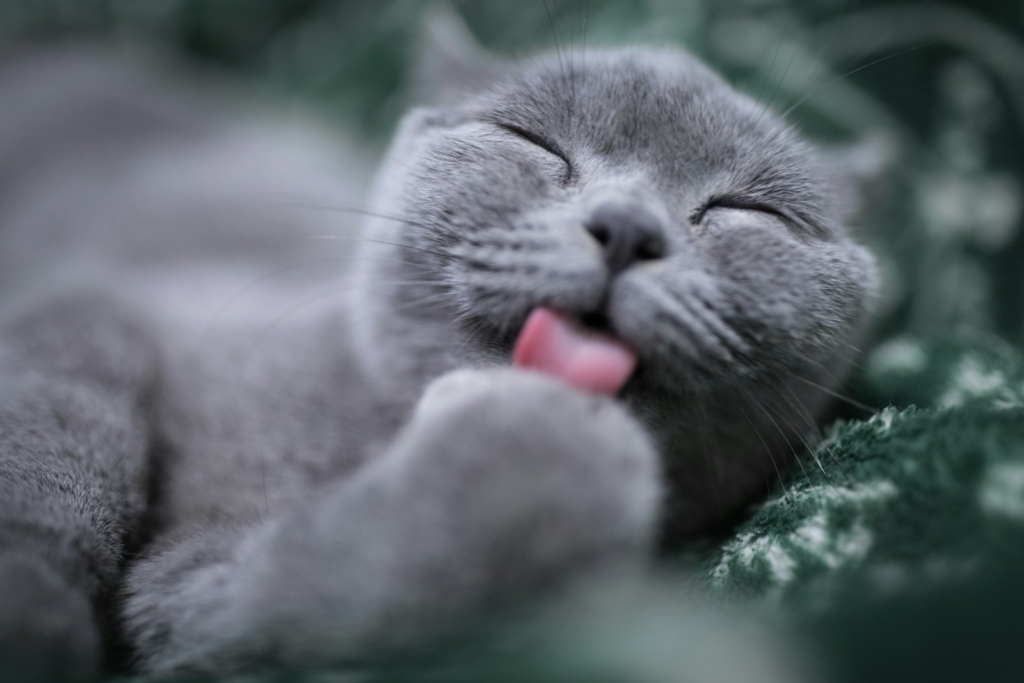
On average, cats spend between 15% and 50% of their waking hours grooming themselves. This might seem like a lot, but it serves several crucial purposes for their health and well-being:
- Cleaning: Grooming helps remove dirt, debris, and parasites from their fur. This keeps their coat clean and reduces the risk of skin infections.
- Temperature Regulation: By licking their fur, cats help spread natural oils evenly across their coat. This not only keeps their fur sleek and waterproof but also helps regulate their body temperature.
- Stimulating Circulation: The act of licking helps improve blood circulation and ensures that nutrients are distributed evenly across their skin and fur.
- Relaxation and Stress Relief: Grooming is a self-soothing activity for cats. It reduces anxiety and helps them calm down, especially after a stressful event.
- Social Bonding: Cats often groom each other as a social activity. This behavior helps strengthen the bond between them and is a sign of trust and affection.
Interestingly, excessive grooming can also indicate underlying health issues or stress. If you notice your cat grooming more than usual or developing bald spots, it might be time to consult a vet.
Understanding your cat’s grooming habits can give you valuable insights into their overall health and happiness. So next time you see your cat licking away, remember it’s more than just a beauty routine—it’s a vital part of their life!
Fur and body weight
Have you ever looked at a cat and thought, “Wow, that’s a lot of fur!”? For some cat breeds, that luxurious fluff can actually play a big role in their overall weight. It’s not just the cat’s body contributing to those numbers on the scale, but also their fur.
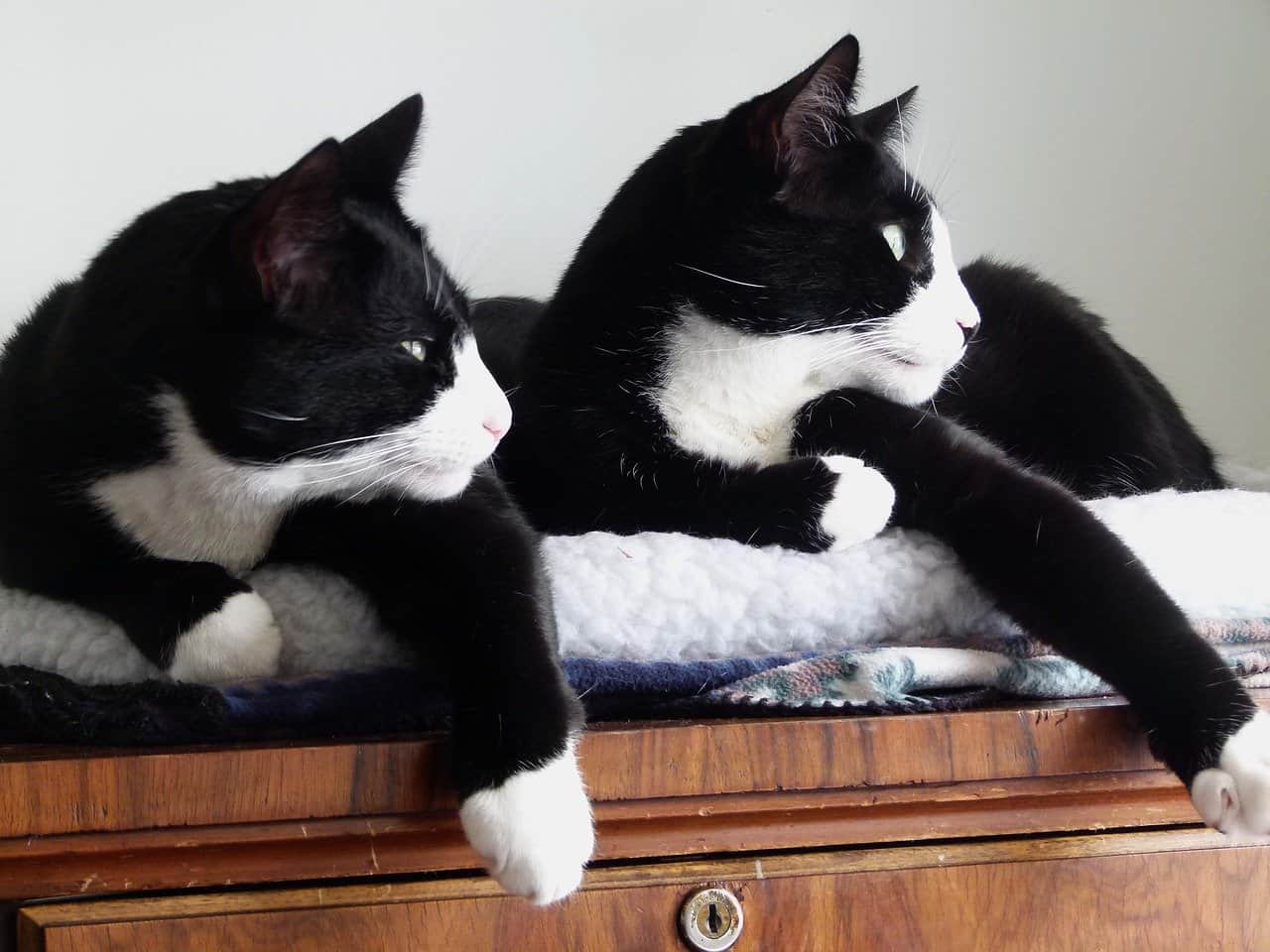
Long-haired breeds like the Maine Coon or the Persian are known for their dense and heavy fur. An interesting fact is that a long-haired cat’s fur can make up to 24% of their total body weight. So, if you have a fluffy friend who seems a bit on the heavier side, that beautiful coat might be partly responsible!
For example, a 15-pound Maine Coon might have around 3.6 pounds of fur. That’s a lot of fluff! The extra weight from their fur can also mean they require more regular grooming to keep it clean and free from mats.
“The fluffiest cats can appear larger and heavier than they really are, thanks to their voluminous coats,” says a leading feline expert.
- Physical Appearance: The sheer volume of fur can make cats appear much larger and more imposing. It’s not just the weight but the fluffiness that gives them a grand presence.
- Health Considerations: Carrying around all that fur can sometimes pose health challenges. Regular grooming is essential to prevent mats and tangles, which can cause discomfort and even skin problems.
- Temperature Regulation: Interestingly, the fur serves a dual purpose. While it helps to keep the cat warm in cold weather, it also traps a layer of air that can cool them in the heat, somewhat like insulation.
- Protective Layer: The thick fur acts as a protective shield against various environmental factors. It guards against abrasions, insect bites, and even harmful UV rays.
So next time you look at your fluffy cat, remember that their fur is doing a lot more than just looking good. It’s a marvel of nature that contributes to their health, protection, and yes, even their weight!
Color and patterns
When you think about how a cat draws attention, you can’t overlook the incredible variety in their fur colors and patterns. These myriad combinations are not only pleasing to the eye but also offer fascinating insights into feline genetics. Have you ever wondered why some cats have such unique and striking fur patterns? It all comes down to genes.
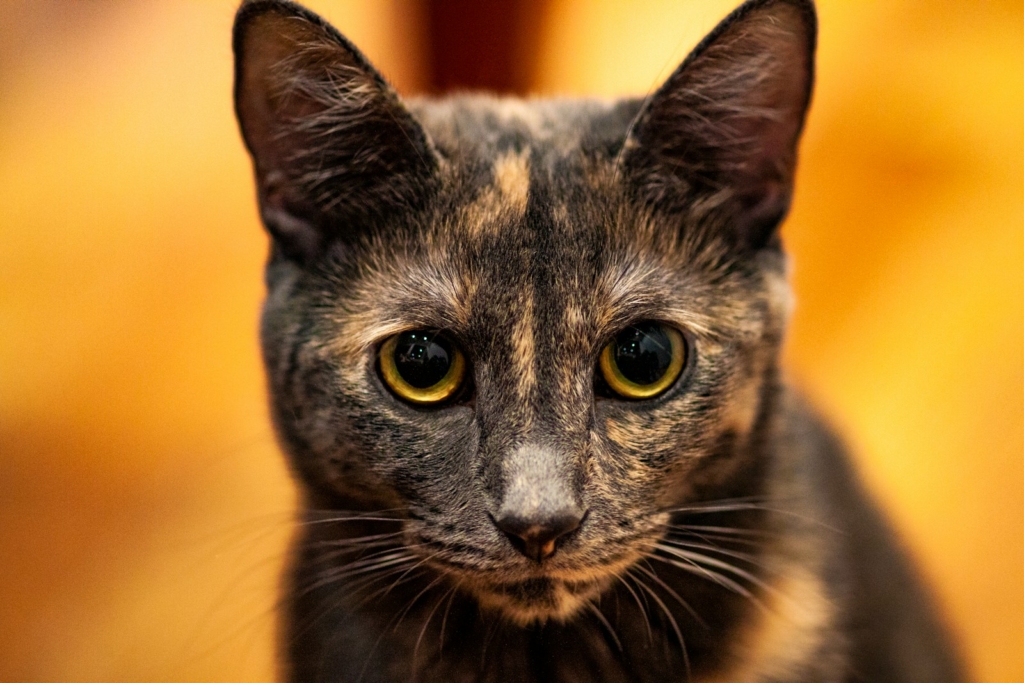
First, let’s explore some popular cat fur patterns and what makes each unique:
- Tabby: Tabby cats are arguably the most common. They have a distinctive M-shaped marking on their foreheads and stripes that run in various directions across their body.
- Tortoiseshell: These cats, often called “torties,” have a marbled mix of black, orange, and sometimes white. Each tortoiseshell pattern is unique, much like human fingerprints.
- Calico: Calico cats are mostly white with large patches of orange and black. They’re nearly always female due to genetic makeup. The rarity of male calicos makes them extremely special.
- Solid: Solid-colored cats have coats of one single color, whether it’s black, white, or gray. These cats often exude elegance and simplicity.
- Bi-color: These cats have two colors, typically one being white and the other a dominant shade like black or gray. Tuxedo cats fall into this category, with their sleek black and white coats giving them a formal appearance.
- Pointed: Cats with pointed coloration have light-colored bodies with darker fur on their ears, paws, and tail. Siamese cats are the most famous example of this pattern.
The genetic reasons behind these patterns are just as captivating. For instance, the gene responsible for the orange coloring in cats operates on the X chromosome. This explains why you see more male cats with solid orange coats and why nearly all calico cats are females. It’s all about the complex interplay of genes!
Here’s a quick look at how genetics can affect a cat’s fur color and patterns:
| Fur Color/Pattern | Genetic Cause |
| Tabby | Presence of the agouti gene |
| Calico | Two X chromosomes; carries both orange and black colors |
| Pointed | Temperature-sensitive albinism gene |
| Solid | Recessive non-tabby gene |
It’s intriguing to consider how an intricate web of genetics dictates the appearance of your feline companion. Why do some patterns seem more common than others? Could it be that evolution favors certain traits for survival? The more we learn about our cat’s fur, the more questions arise. Have you noticed any unique patterns in your own cat’s fur? Perhaps this mystery is worth exploring further!
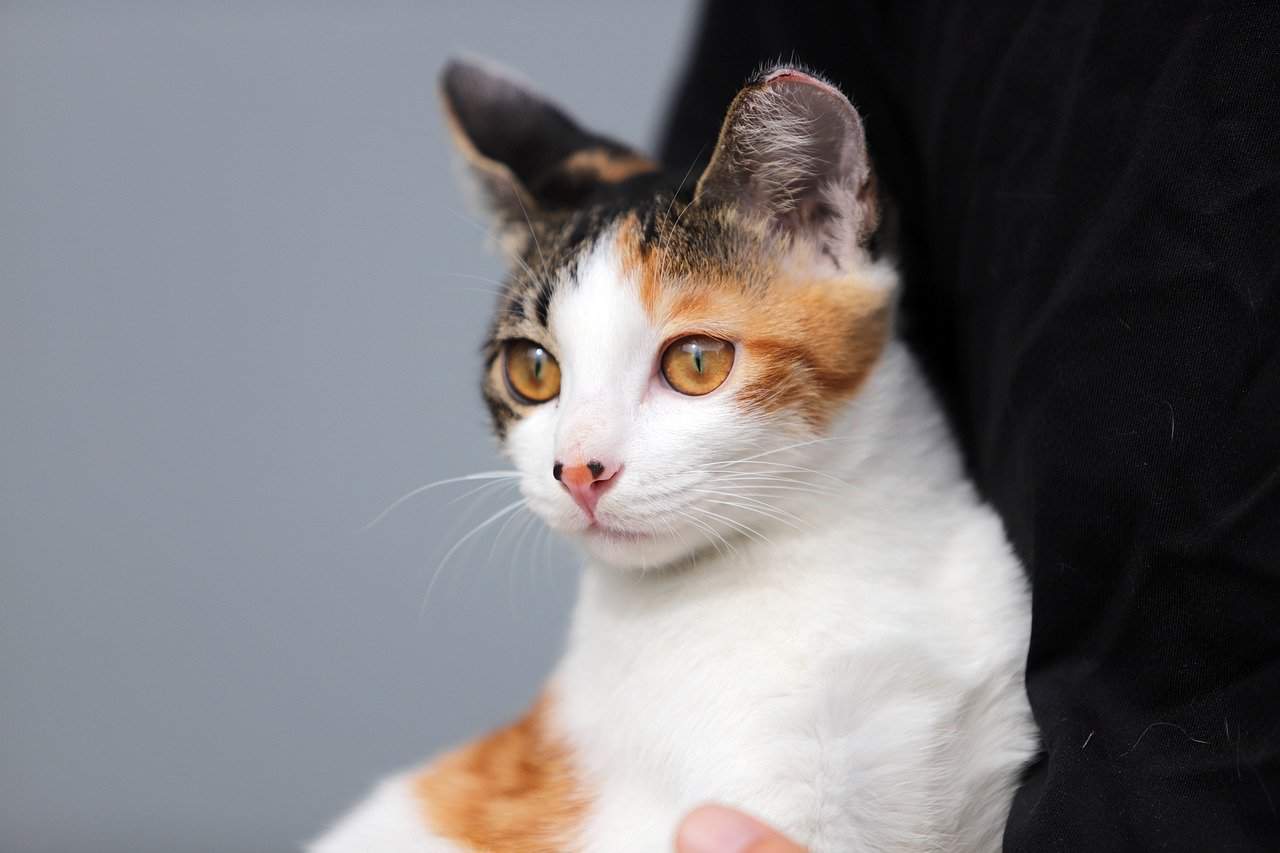
Hairless breeds
Hairless cats are a unique and intriguing group, thanks to their almost complete lack of fur. Imagine a cat without the fluff—though it may seem odd, these kitties are just as adorable and packed with personality.
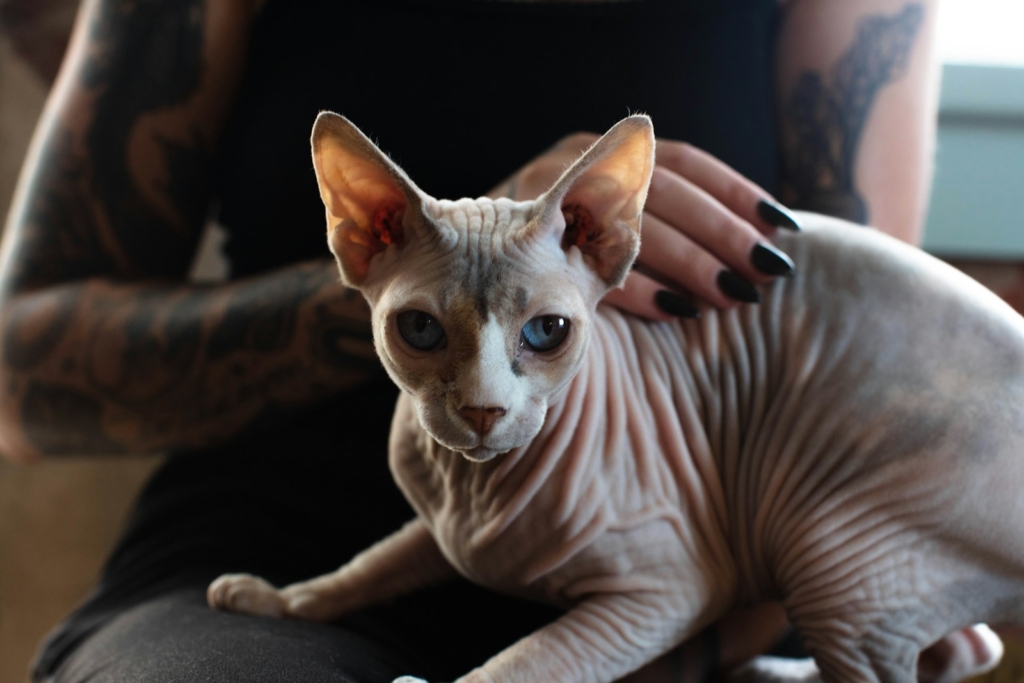
The Sphynx is the most well-known hairless breed. Despite their lack of fur, Sphynx cats are often warm to the touch because they generate and retain body heat. While they might not have fluffy fur, they boast velvety skin and prominent cheekbones, which give them a uniquely regal appearance.
Hairless cats come with their own set of care requirements. Here are some tips for keeping a hairless cat happy and healthy:
- Regular Bathing: Without fur to absorb natural oils, hairless cats can get greasy. Weekly baths help keep their skin clean and free from oils and dirt.
- Skincare Routine: Just like humans, these cats can be prone to acne. Gently cleaning their skin can help prevent breakouts.
- Keeping Warm: Hairless cats thrive in warm environments. Providing cozy blankets and warm spots in the house can help them stay comfortable.
- Sun Protection: Their exposed skin makes them susceptible to sunburn. It’s essential to keep them shaded and consider applying a feline-safe sunscreen if they go outside.
Not limited to the Sphynx, other hairless breeds include the Bambino, the Donskoy, and the Peterbald. Each has its unique characteristics but shares the common trait of minimal to no fur.
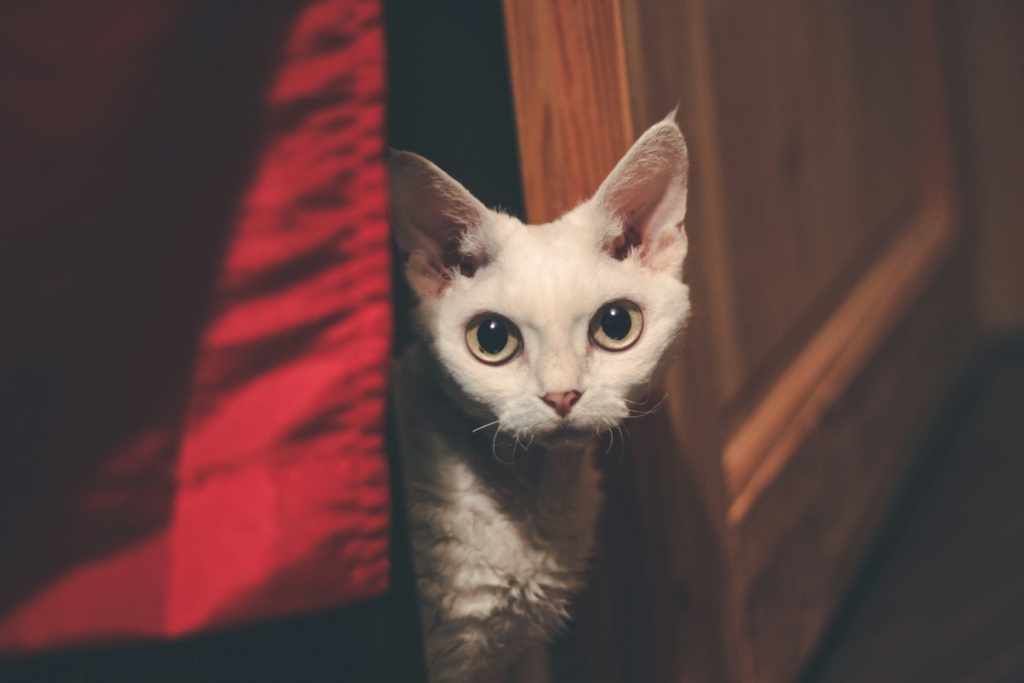
Though they may lack fur, hairless cats more than make up for it with their playful and loving personalities. They are affectionate, enjoy being around people, and often crave more attention than their furry counterparts. If you’re considering adding a hairless cat to your family, be prepared for a companion who is both unique and utterly lovable.
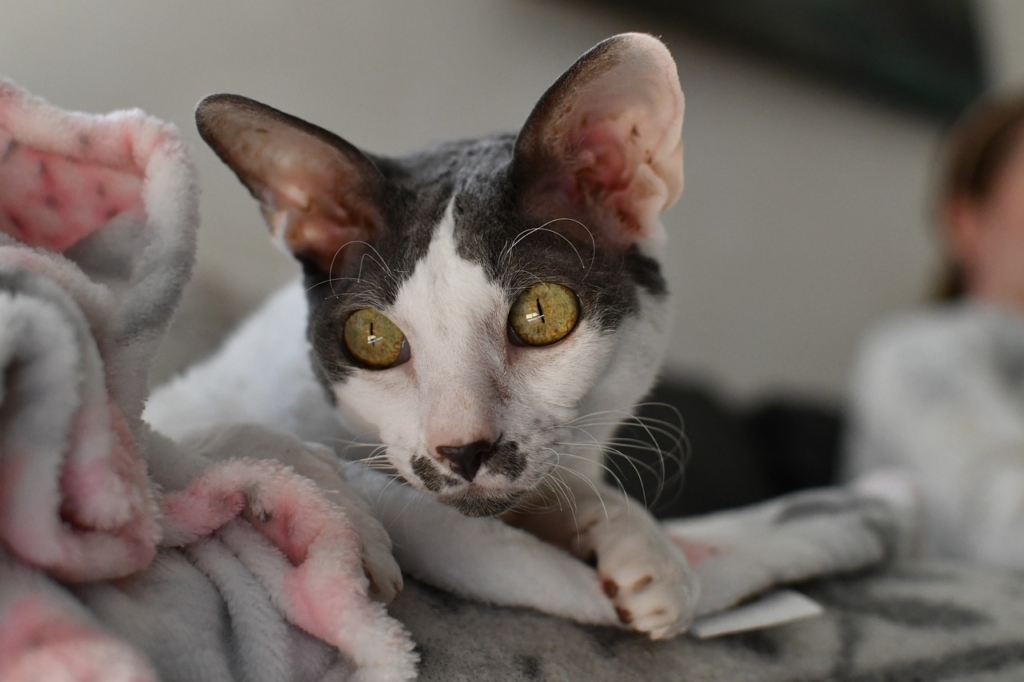
Shedding differences
If you’ve ever lived with a cat, you’re no stranger to shedding. It’s an inevitable part of cat ownership, but did you know the shedding patterns can differ significantly between indoor and outdoor cats?

Outdoor cats experience seasonal shedding primarily in the spring and fall. These cycles help them transition between their thick winter coat and lighter summer coat. The amount of natural light they are exposed to triggers this seasonal shedding, preparing them for temperature shifts throughout the year.
In contrast, indoor cats, who typically experience a constant temperature and artificial lighting, shed almost continuously year-round. Their bodies don’t experience the same cues from changing seasons as outdoor cats do, leading to a constant shedding cycle.
“Indoor cats live in a controlled environment, which often means less seasonal variation in their shedding but more frequent hair loss throughout the year.”
- Consistent Temperature: Indoor cats live in a climate-controlled environment, which prevents their bodies from sensing season changes, thus leading to more consistent shedding.
- Artificial Lighting: With less exposure to natural sunlight, indoor cats miss out on the natural cues that trigger seasonal shedding. The artificial lights in our homes don’t provide the same signals to their biological clocks.
- Regular Grooming: Whether you have an indoor or outdoor cat, regular grooming is essential. It helps remove loose fur and reduces the amount of hair your cat ingests while grooming themselves.
- Health Monitoring: Pay attention to unusual shedding patterns. Excessive shedding or bald patches can be a sign of health issues and should prompt a visit to the vet.
Living with a shedding cat might seem like a hassle, but understanding why and how they shed can help you manage the fur around your home. A good grooming routine can help keep shedding under control and ensure your kitty stays comfortable.
For more interesting details about cat fur, visit this article.
